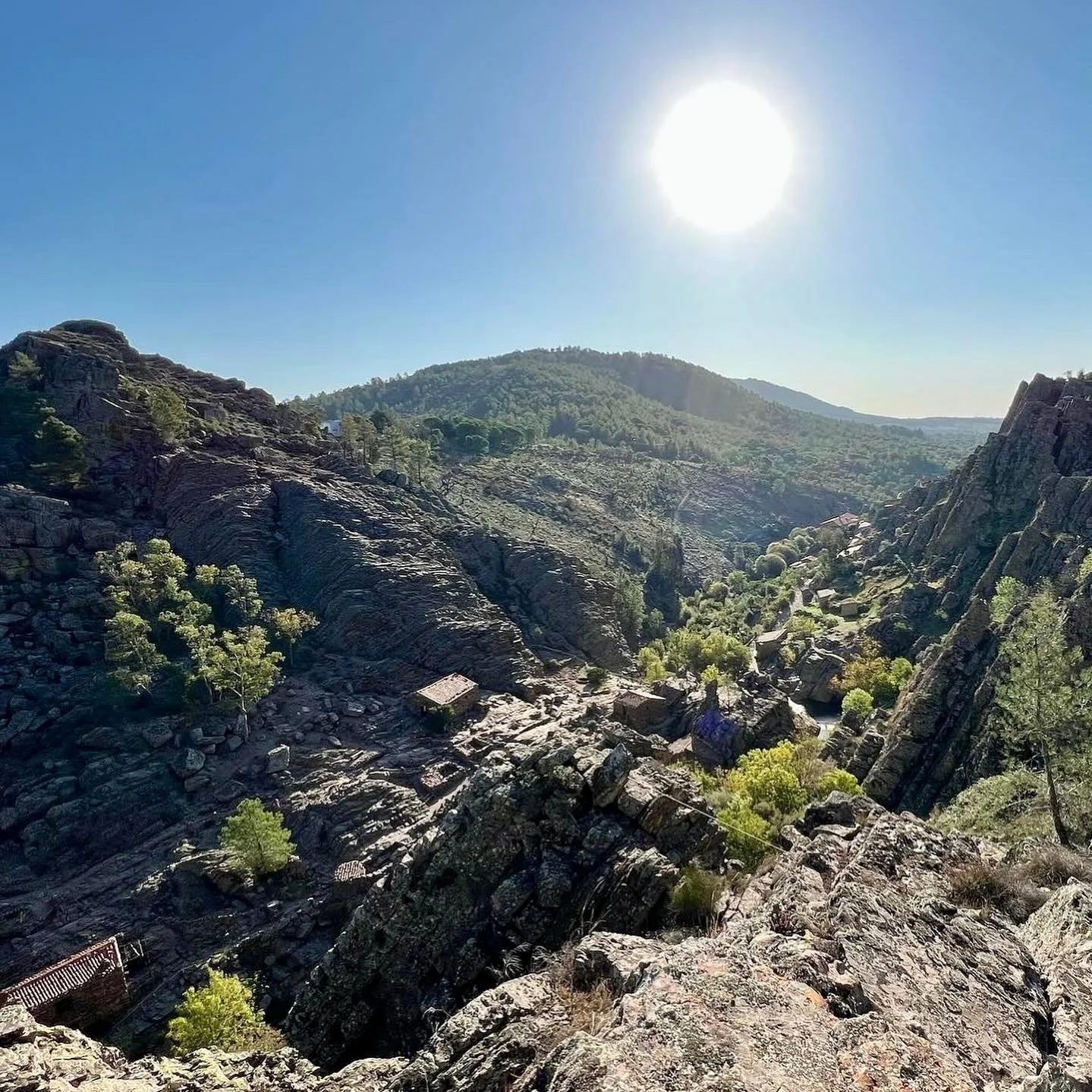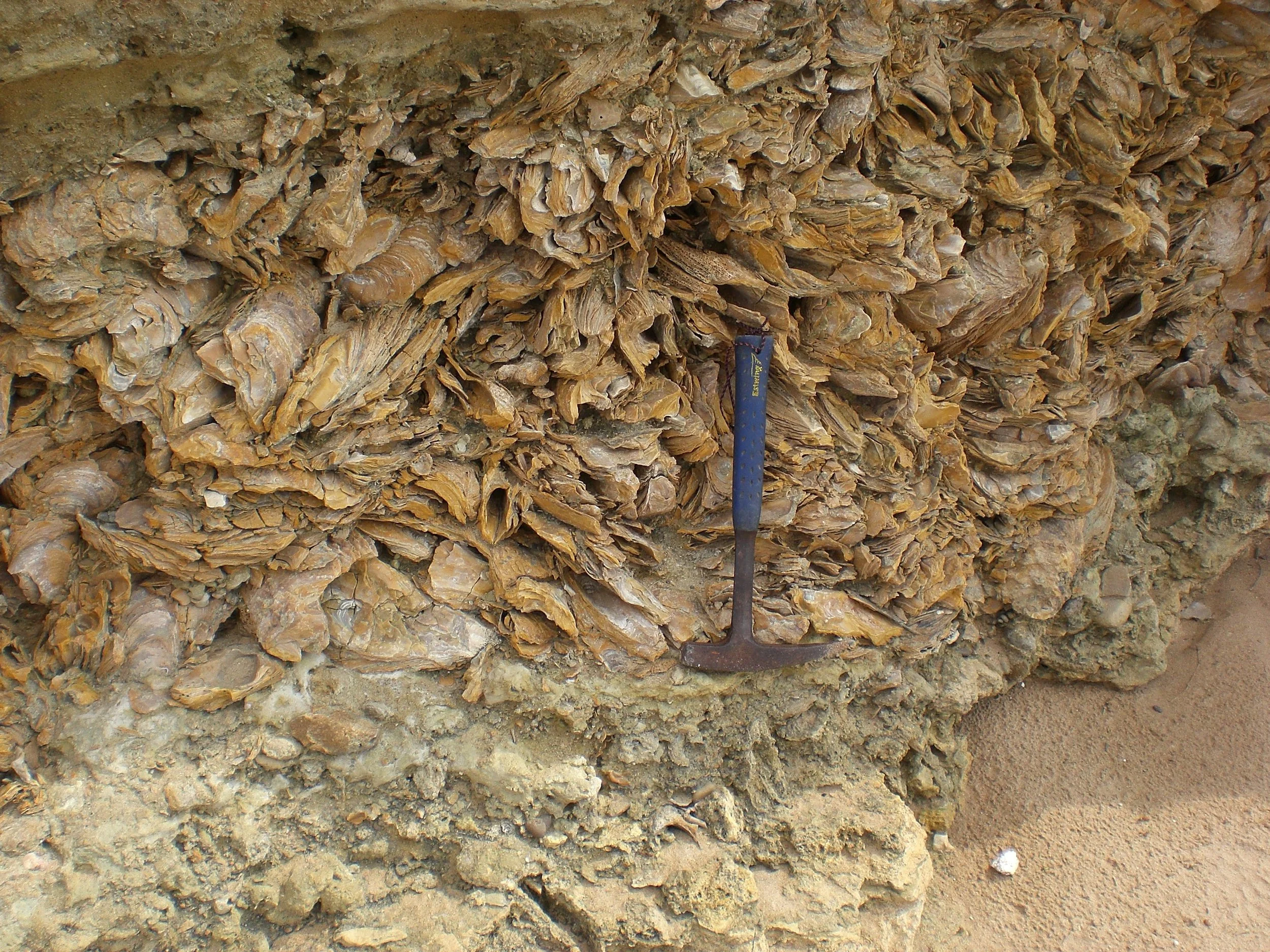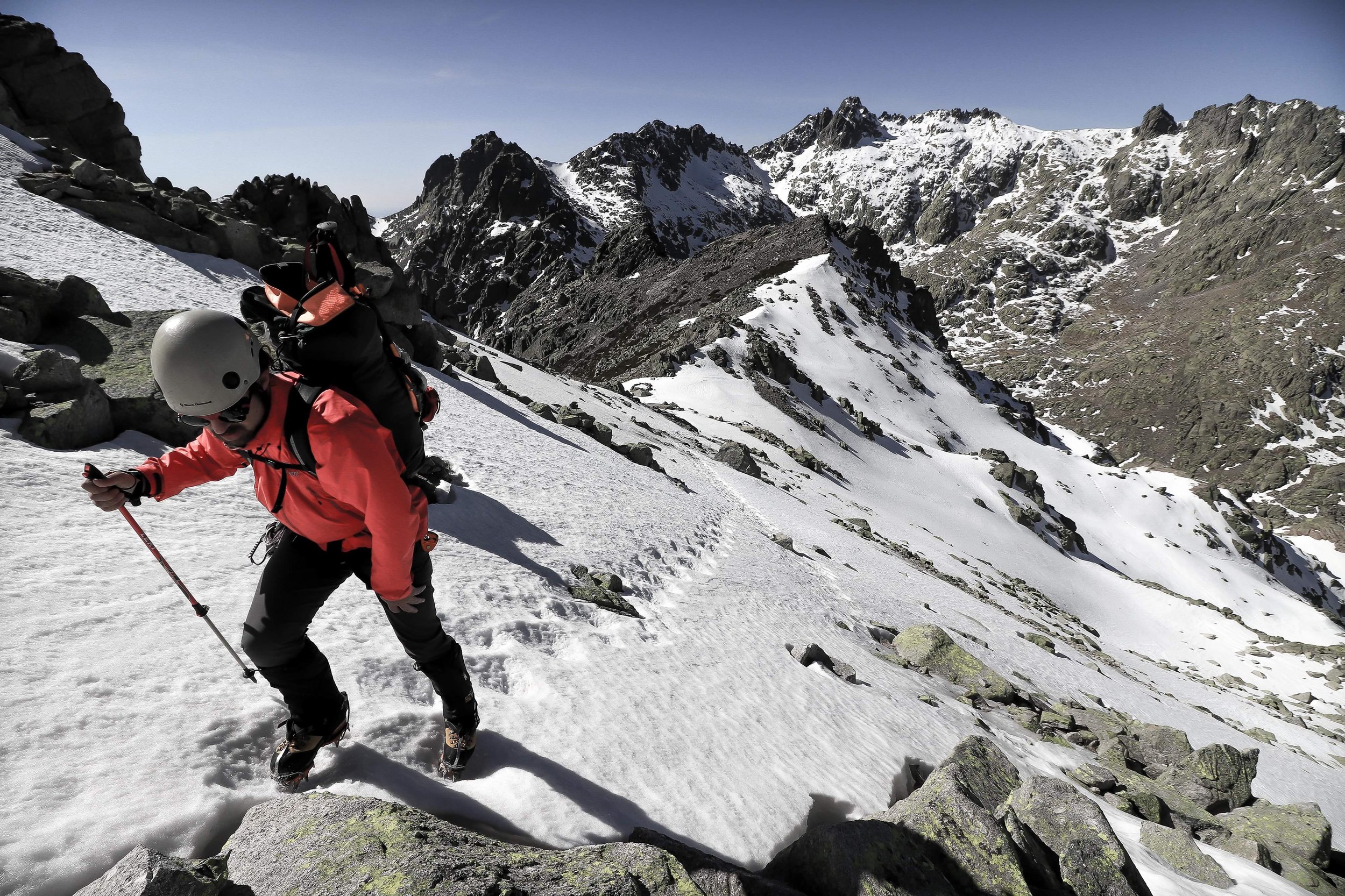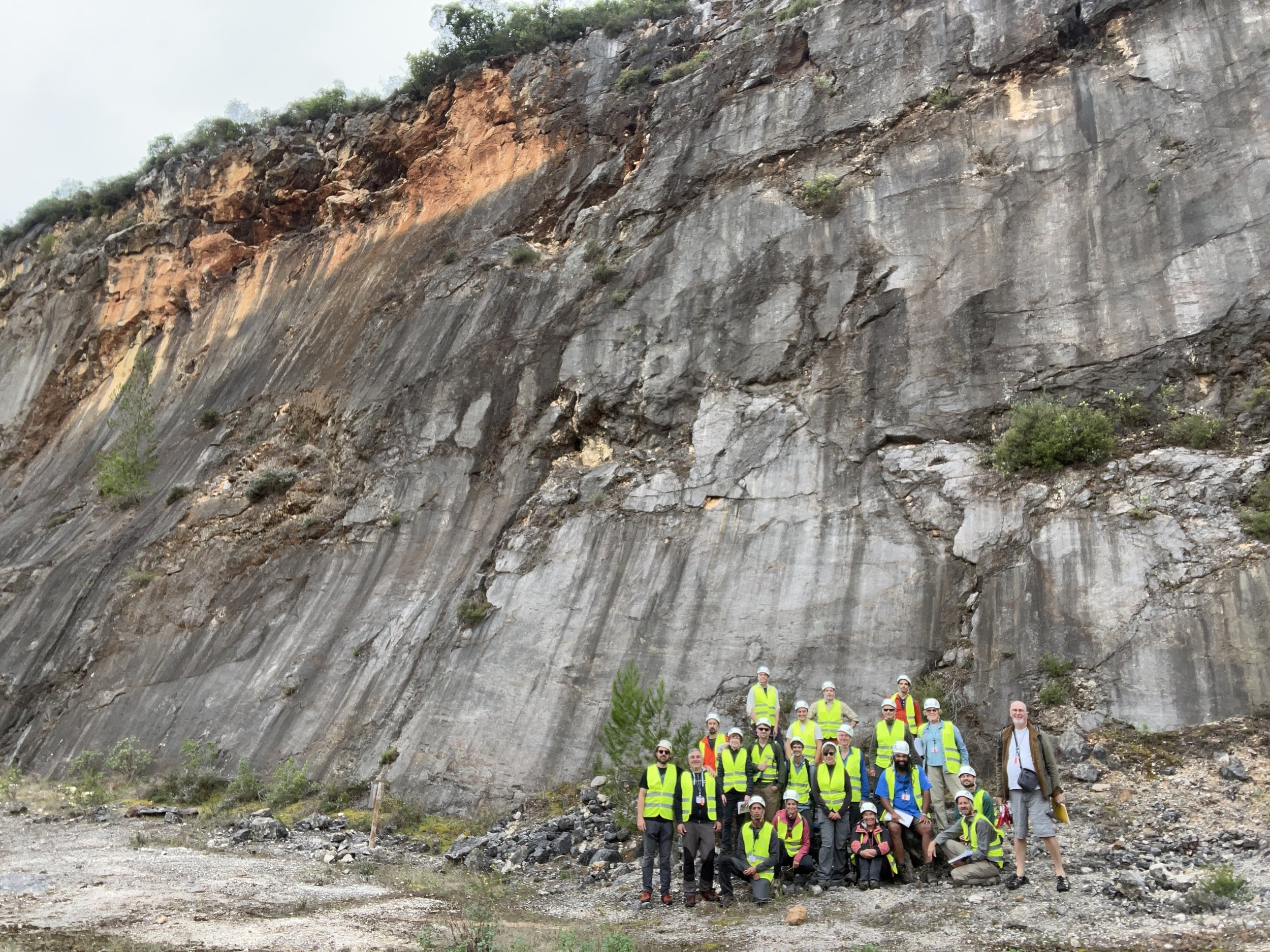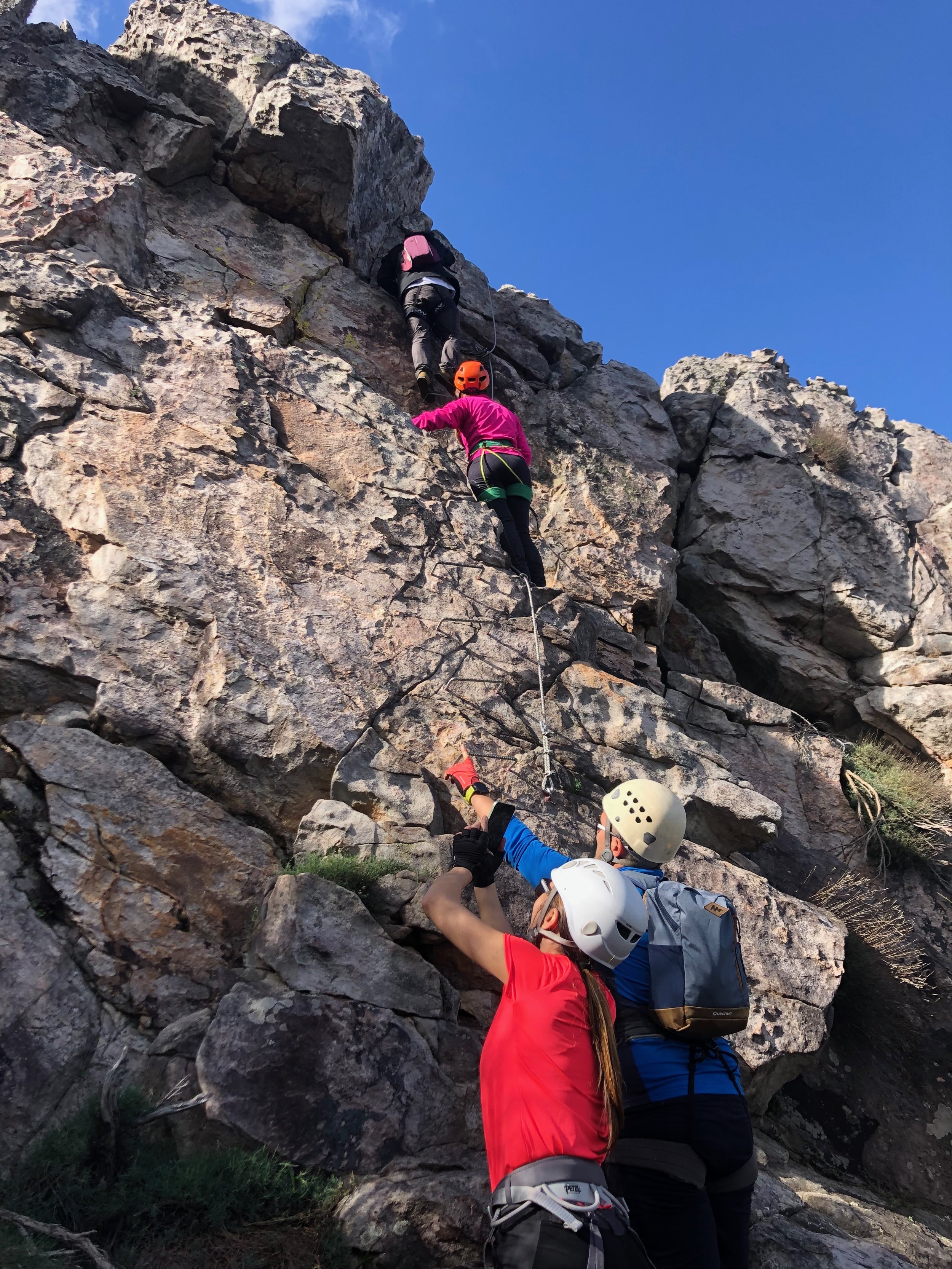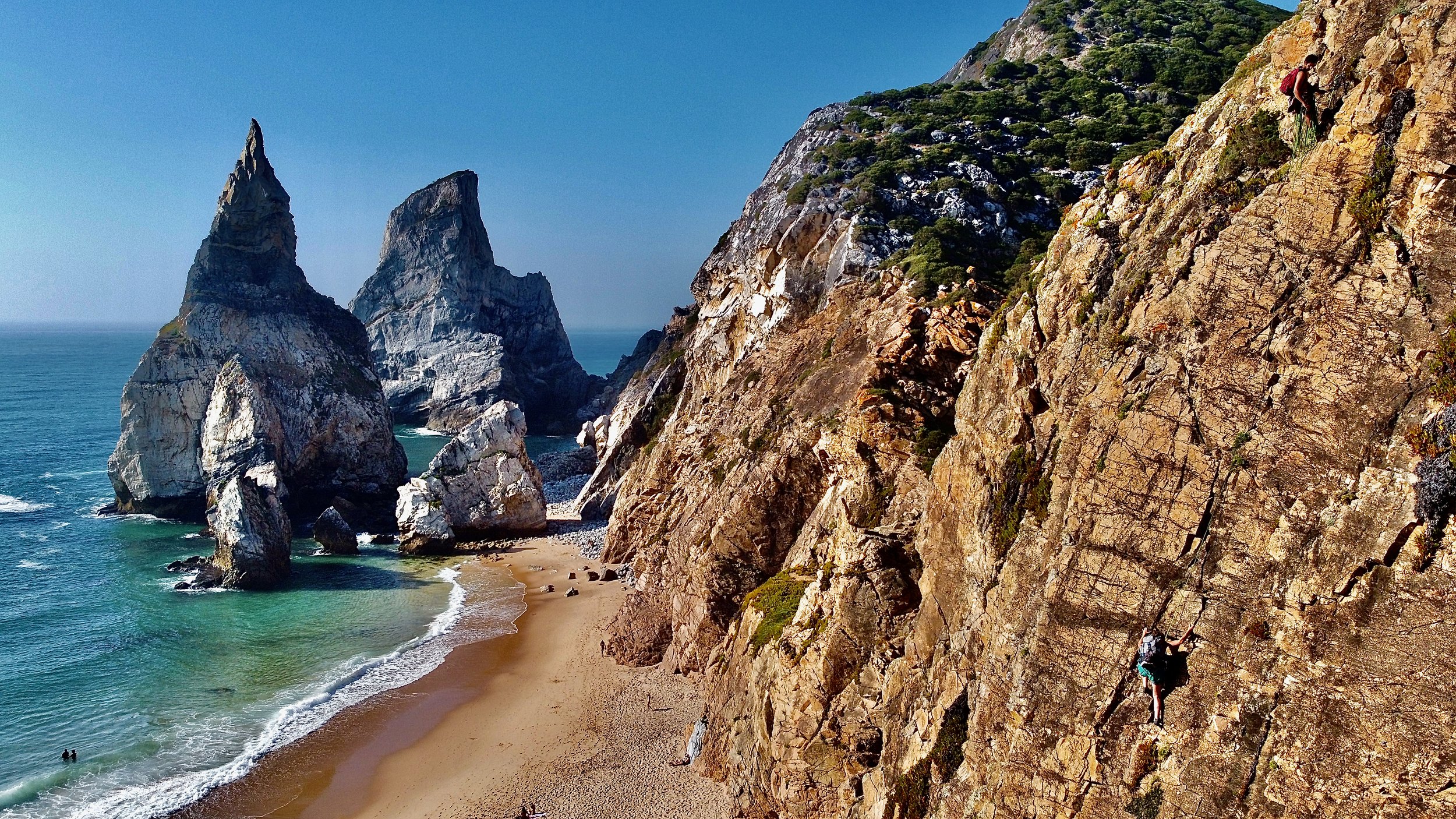Recently, Geo Logica tailor-suited a field training course in Portugal for a major energy company, focusing on carbonate depositional systems and interaction with diapirs. Together with carbonates specialist Prof. Ana Azerêdo from FCUL’s Geology Department, Geo Logica run another successful field trip in the Lusitanian Basin:
https://ciencias.ulisboa.pt/pt/noticia/25-05-2023/excursao-geologica-de-campo-na-bacia-lusitanica
During its preparation, became clearer that several outcrops in the Lusitanian Basin present excellent examples of the interplay between carbonate depositional systems and salt structures. The work developed resulted in Geo Logica’s new field course that highlights the implications of halokinesis on carbonate facies distribution, reservoir properties and source rock distribution as well as trap geometry and seal properties.
This 4-day field course in central Portugal entitled “Carbonates & salt structures” is available at request for companies, institutions and groups.
Related Links: https://www.geologica.xyz/geotraining

